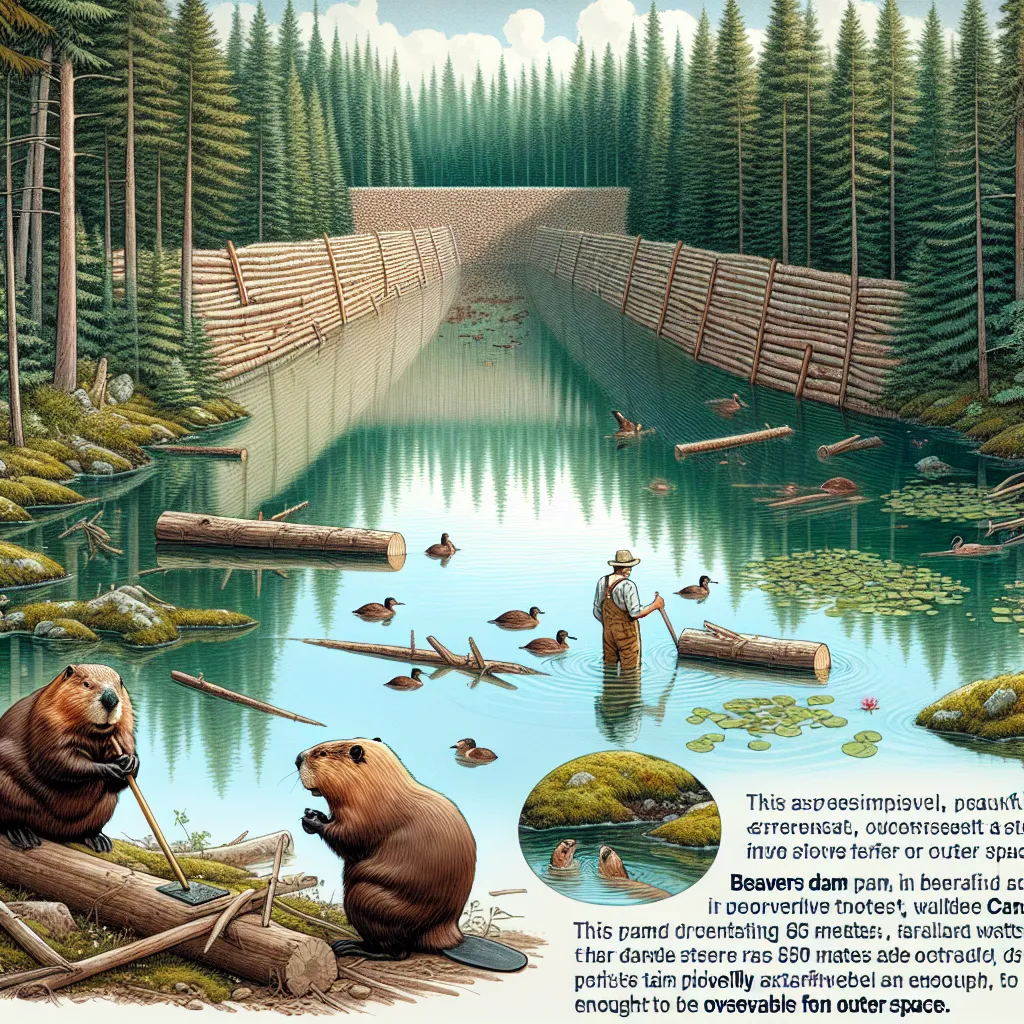They’ve overcome every challenge, passed every test, and now they’re ready to face the world. But there’s a final obstacle: the daunting “valley of death.” This is where many new products fail before hitting the market. If a product doesn’t work or meet a need, failing at this stage can be fine. Yet, it’s worrisome when innovations with the potential to tackle global issues get stuck here.
Technological potential isn’t the sole factor for success. The valley of death is particularly harsh for physical products and those in regulated industries, such as medicine, construction, and transportation. Regulations can safeguard us, but they also deter investors, causing good ideas to die out due to lack of funding before they can be profitable.
Zero-carbon technologies face a significant challenge here. These are crucial for reducing greenhouse gas emissions and stabilizing our climate. However, the development phase for these technologies is costly and lengthy. Even if they promise great benefits, demand can be low due to the radical infrastructure and consumer behavior changes they require.
Take electric heat pumps, for example. They don’t burn fossil fuels and are cost-competitive with gas furnaces if you consider energy savings. But homeowners only replace their heating systems once every few decades. Similarly, direct air capture technologies can remove CO2 from the atmosphere, yet remain expensive. These high costs scare off investors, hindering further development and cost reduction.
Luckily, governments can intervene to break this cycle. Historically, this approach has worked. In the 1990s, Germany provided loans to solar panel companies and mandated that utilities buy renewable energy. The U.S. and China followed suit, and since 2009, solar costs have dropped by almost 90%. Denmark did something similar for wind energy during the 1970s oil crisis. These initiatives slashed the costs of wind technology and made it more widespread.
Such government actions—like boosting research and development spending, offering tax incentives, and pricing carbon emissions—are essential. Policies and markets need to support promising technologies, just as they did for solar and wind. It’s not enough to have great ideas; we must shape the environment to let these innovations succeed.






